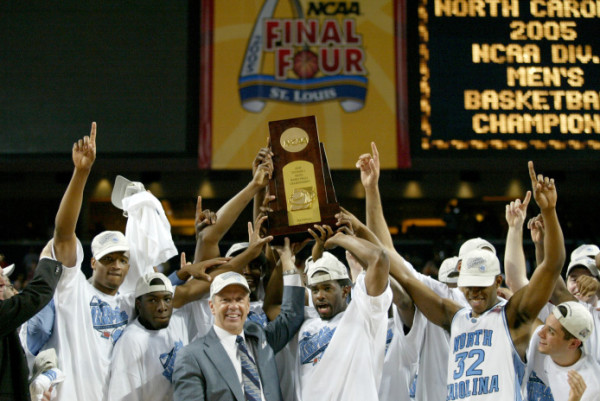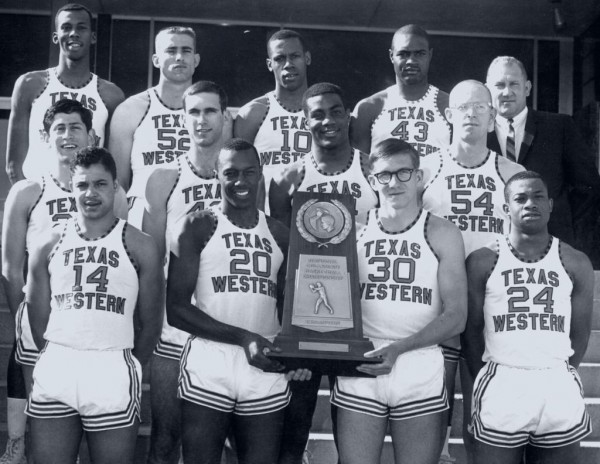Should North Carolina Remove Its 2005 National Championship Banner?
Posted by Brad Jenkins (@bradjenk) on November 11th, 2014On Saturday, Dan Kane of the Raleigh News & Observer posted a follow-up piece on the North Carolina academic/athletic scandal in the wake of last month’s Wainstein Report, a searing description of the details of a “shadow curriculum” that allowed many North Carolina student-athletes over an 18-year period to take fraudulent “paper classes” in order to remain eligible. Kane has been lauded for his investigative reporting since the onset of the scandal several years ago, and his work has been largely vindicated by Wainstein’s findings. In his latest article, Kane reveals that, after reviewing the corresponding documents underlying the report, North Carolina’s 2005 National Championship team made a mockery of the term “student-athlete.”
Kane reports that several key members of that team were free to concentrate on basketball without worrying too much about college classwork, as a total of 35 bogus classes were taken by UNC basketball players during the 2004-05 academic year (that comes out to 2.7 fraudulent classes per scholarship player). Drilling down even further, 26 of those courses were held during the crucial spring semester that included March Madness. It’s reasonable to presume that some players on that team did absolutely no academic work from January-May 2005, which, as Kane suggests, could have given the Tar Heels a competitive advantage over schools with players who were required to attend classes and perform the work that was assigned in them.
As the NCAA continues to sniff around the North Carolina campus, the question becomes what should happen to the 2005 National Championship banner that prominently hangs in the Smith Center? The NCAA will eventually hand out some sort of punishment to the program — presumably — but does the fake-class scheme rise to the level of the organization forcing the school to vacate its appearance in the 2005 NCAA Tournament? No champion has ever lost its title, but let’s look at that possibility. Since the inception of the NCAA Tournament in 1939, the NCAA has vacated 11 Final Four appearances. They are as follows:












































